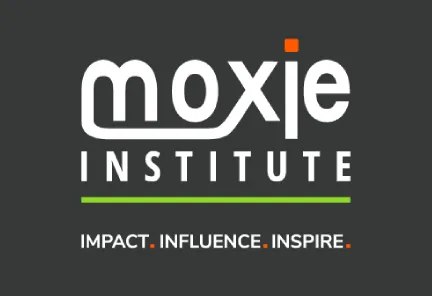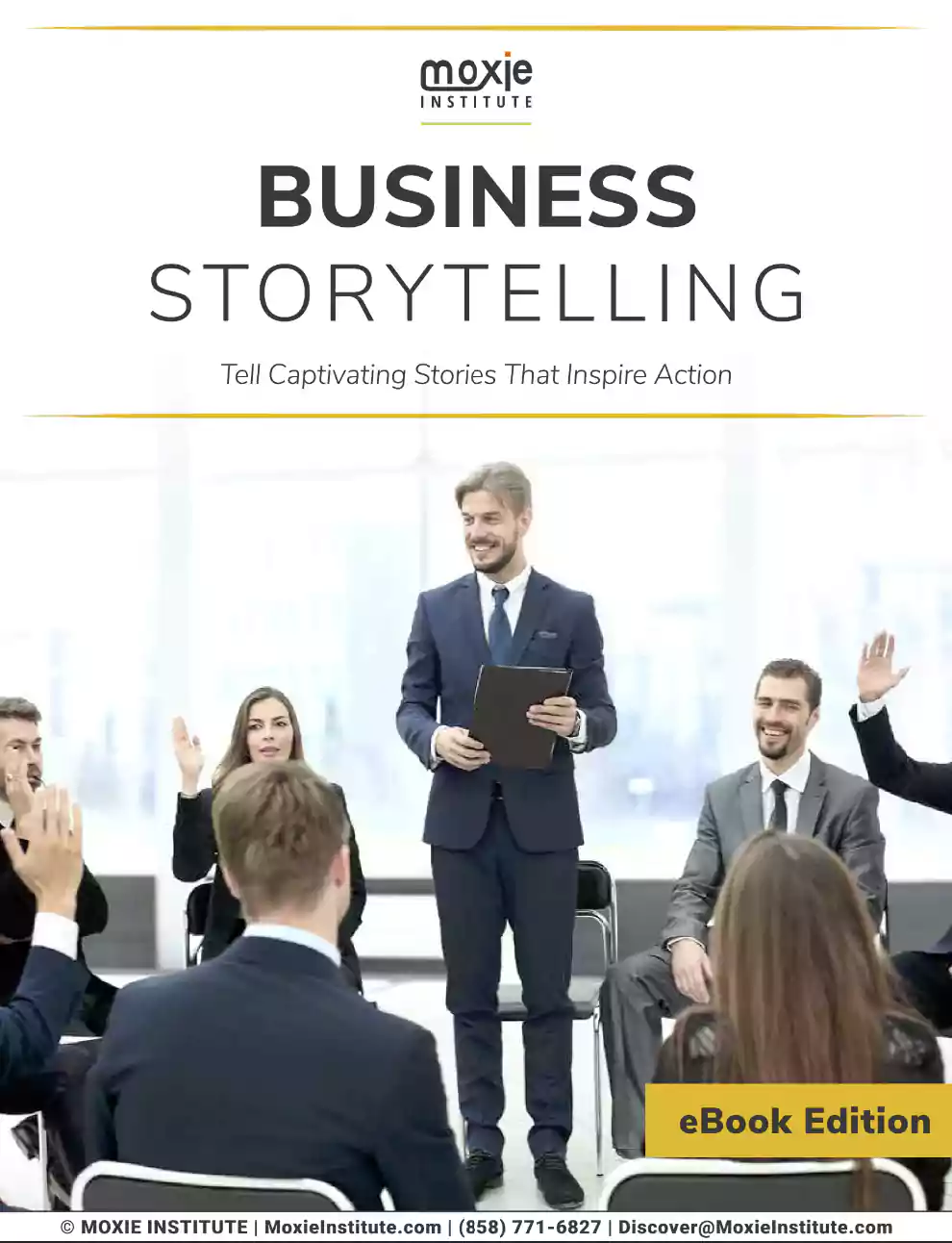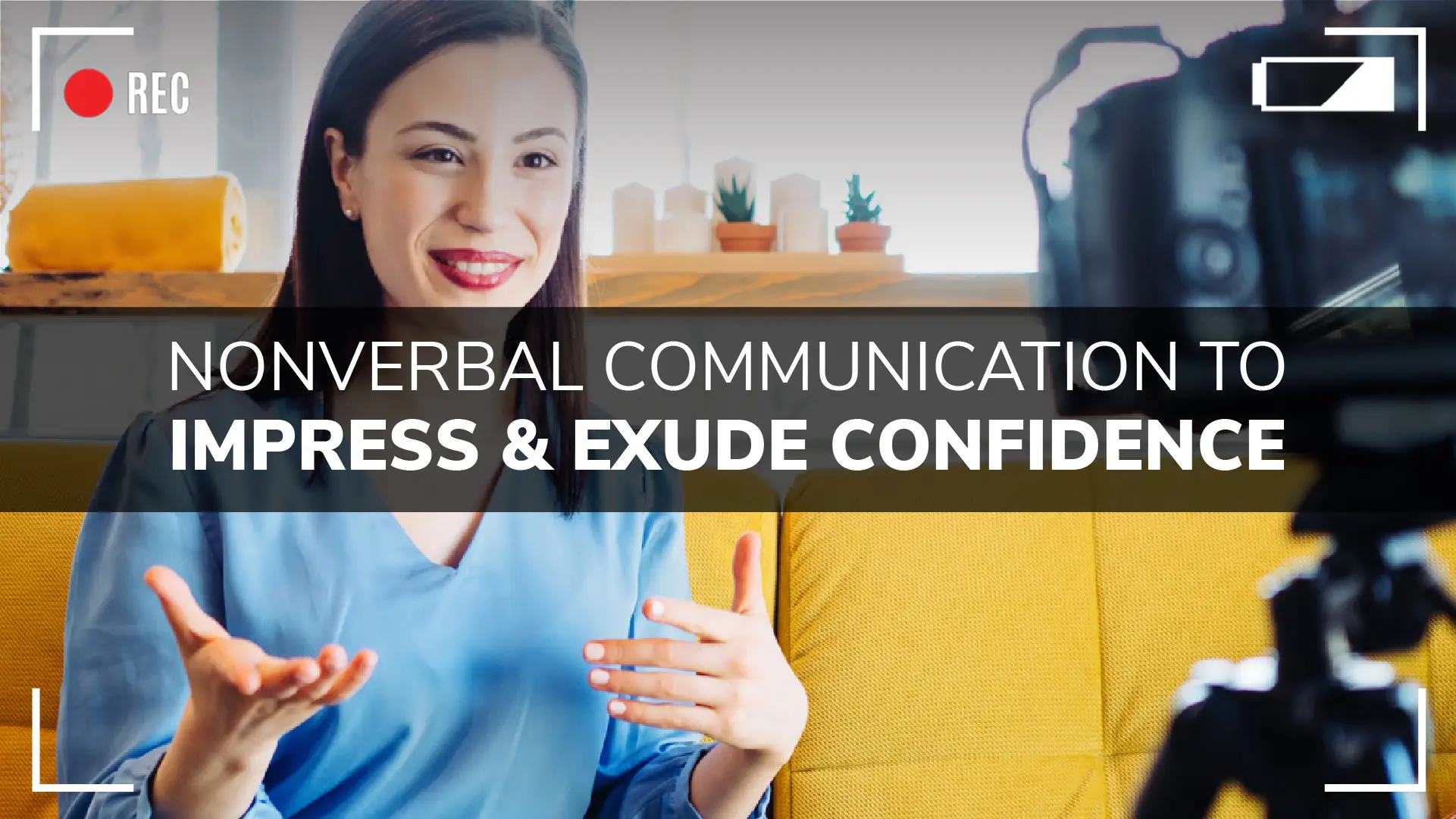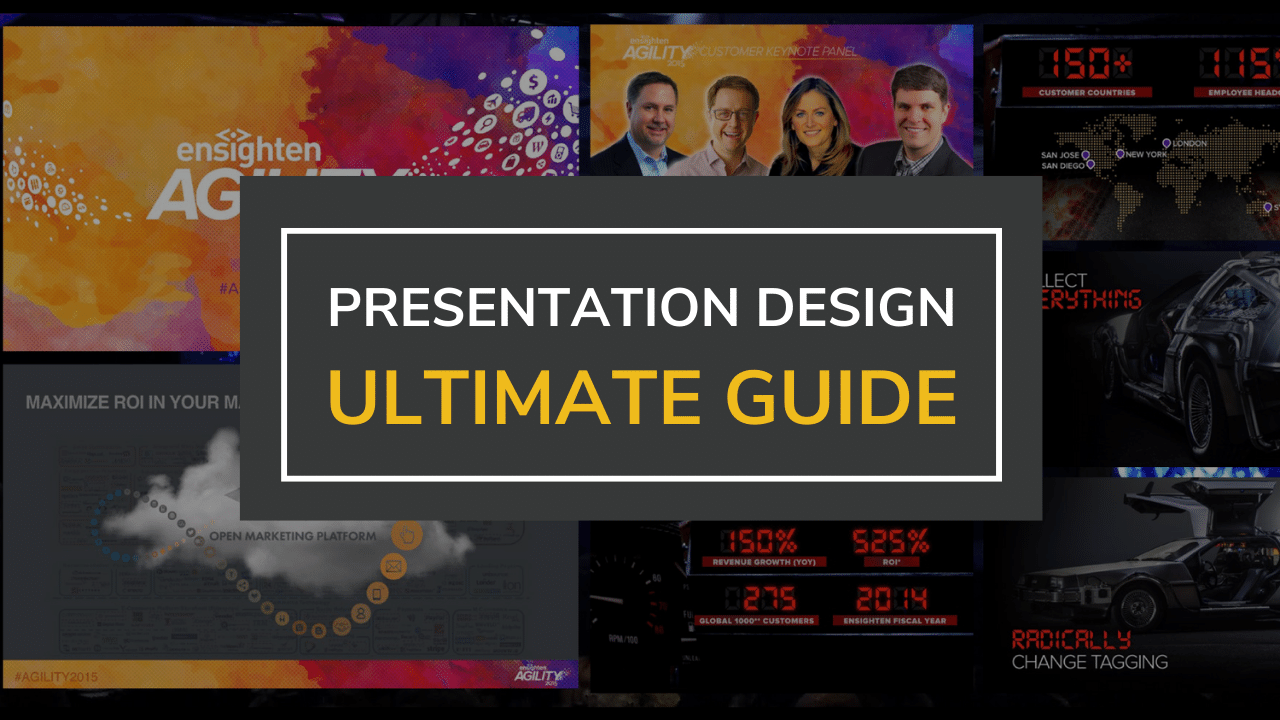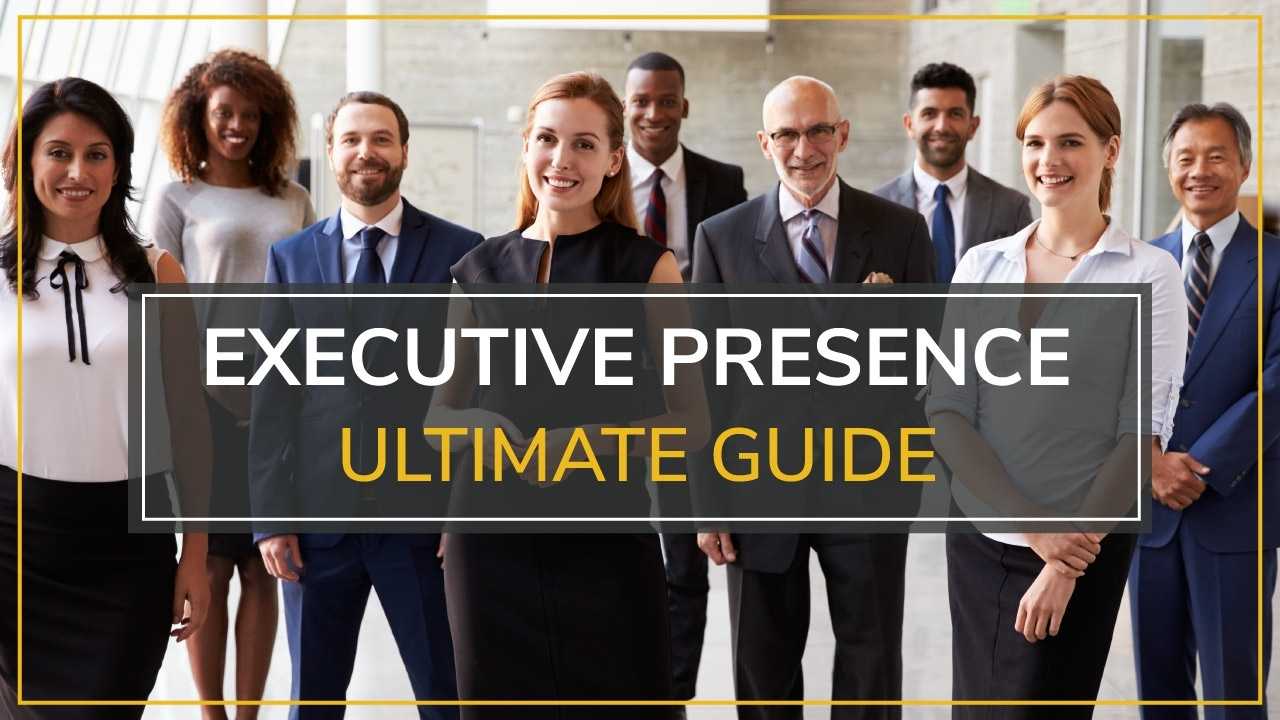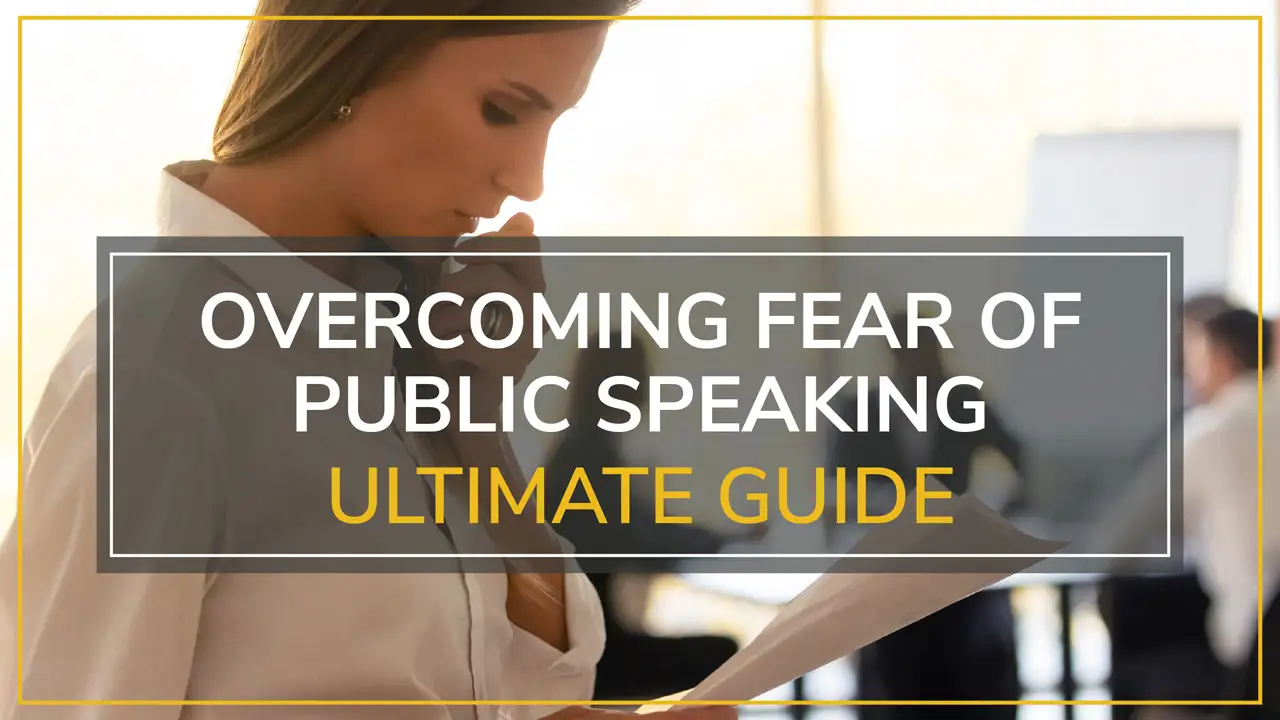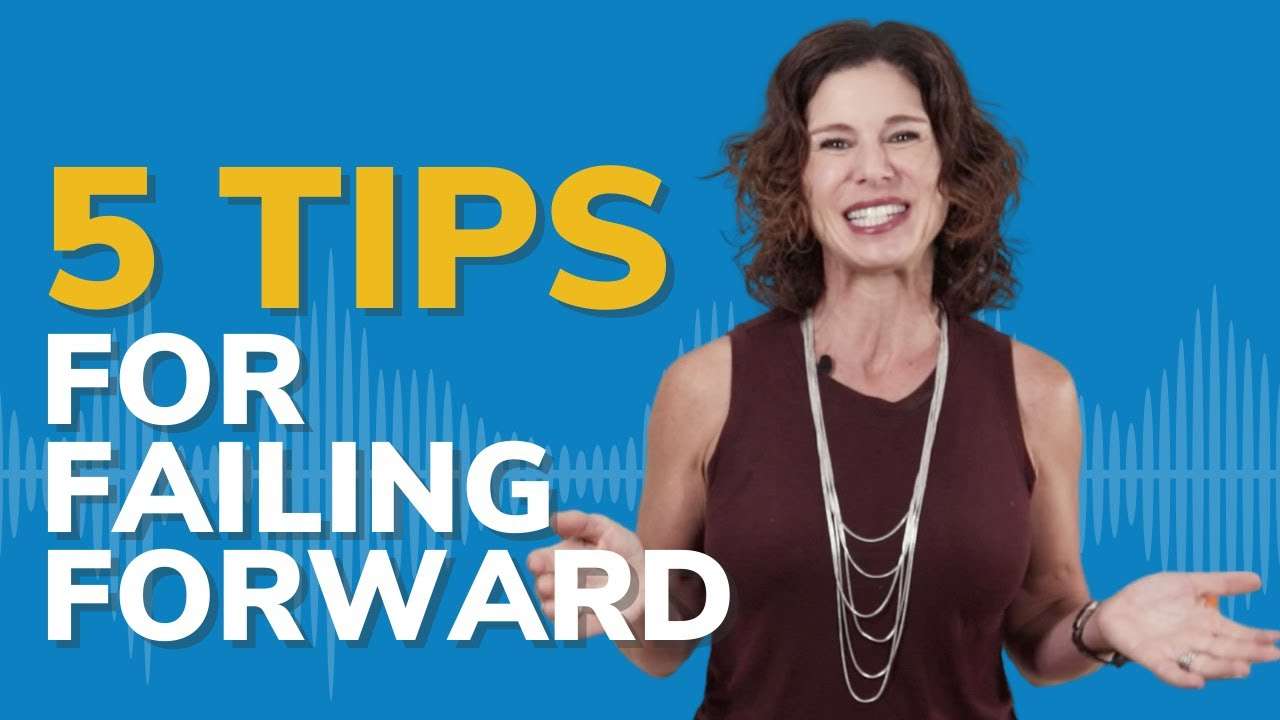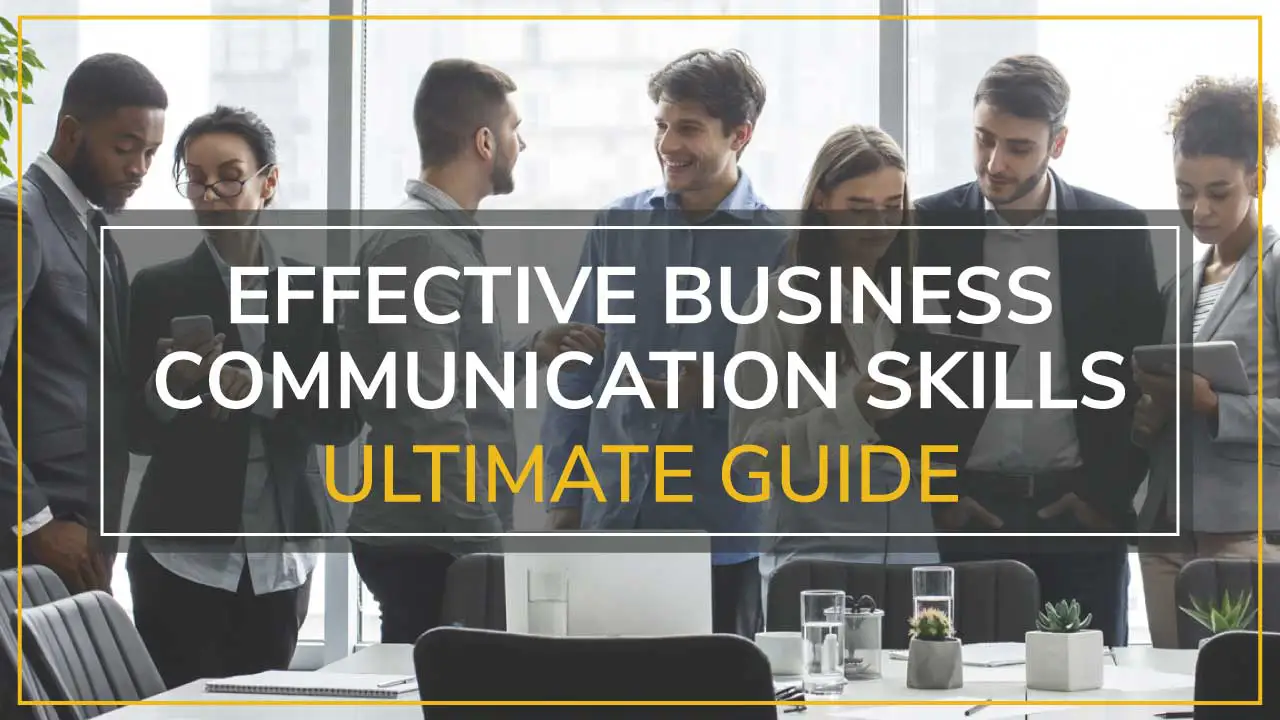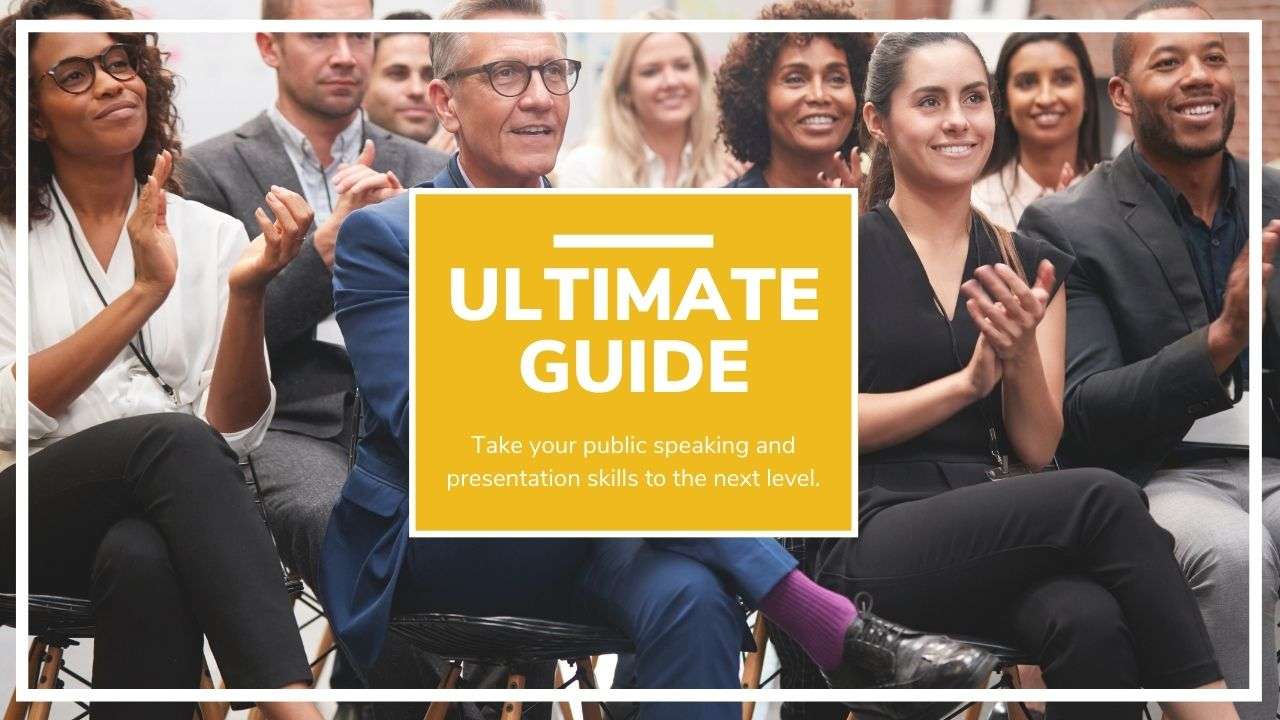Table of Contents
ToggleTypes of Nonverbal Communication to Impress and Exude Confidence
Have you ever been called out for accidentally sending the wrong nonverbal message?
Maybe you were inadvertently making a face, crossing your arms, or slouching over when you didn’t even realize it. There are so many types of nonverbal communication, and many of them probably feel involuntary.
The good news is, with practice or even the assistance of a media trainer, you can learn to be more mindful about your body language and ensure you’re sharing your message with confidence.
In addition, being mindful of your body language and facial expressions will also help you look good on camera. In a live audience situation, examples of nonverbal communication might include eye contact, how you use the space, or any gestures you make.
You don’t need to be a body language expert to master the nonverbal communication techniques discussed here, and they can take your next public speaking appearance from good to great.
So what is nonverbal communication?
In Amy Cuddy’s Ted Talk on body language, she reimagined the phrase
“fake it till you make it”
to
“fake it till you become it.”
Developing effective nonverbal communication skills can not only make you look more confident, but feel more confident too.
If you’re nervous, your body language might be revealing exactly how you feel to your audience—which isn’t good if you want to be the trusted authority figure on camera.
Even fear has physical effects on your body. But the good news is, you can combat them. Rehearsal and repetition will help a lot in building your confidence and helping you feel more relaxed on the day, and Fia’s video below will show what to practice.
Different Types of Nonverbal Communication
Your nonverbal communication skills have power and you can use them to your advantage. For example you can:
- Own the Space
A confident speaker will engage with their audience by moving or gesturing towards them. Be sure to speak with the production team to understand where you can and can’t move to.If you’re standing and speaking during a live-streamed event for example, then move to different parts of the stage to speak to the audience. - Use open, powerful body language
Whether you’re sitting or standing, having your shoulders back with a straight posture can make a world of difference in how people perceive you and how you feel about yourself. Keep your feet firmly planted on the ground to be more grounded and trust your natural hand gestures to emphasize specific points.It’s important to make sure you’re framed correctly so that your gestures aren’t lost off camera. Again, speak with the production team to know, or if you’re at home, record yourself talking and watch it back.
Body language is often referred to as being key in relationships, and that’s exactly what a speaker is doing: building relationships and trust with the members of the audience.
Other examples of nonverbal communication you should be aware of include:
- Facial expressions
For all media engagements, your facial expressions are essential to convey your mood, enthusiasm, and help your audience understand how they should be feeling.A common teaching in sales training is to smile even when talking to a client on the phone! This is because your facial expressions influence your tone of voice in ways that any one listening will pick up on. So even if you’re on a purely audio-based media engagement, like a podcast or radio show, be sure to use the same expressions as you would if you were in person.However, remember that your face will likely take up most of the screen when you are talking, so you don’t need to make your expressions as big as you might do on stage. Again, knowing what the right amount of expression feels like, takes practice and recording yourself to get right. - Eye contact
If you have an audience in front of you, briefly make eye contact with multiple members of the audience. If you are on camera, maintain eye contact with the camera lens when you are talking directly to the audience. Doing this helps your audience feel connected with you and builds trust. Otherwise, always keep eye contact with your host and any other speakers to establish a stronger rapport and more impactful conversation.Always make sure to know where the camera lens is and if multiple angles are being taken. - Energy
Imagine a famous celebrity speaker. When you think about their on-camera presence, you’ll notice almost none are quiet, monotone, and still. Instead, they tend to all be loud, expressive, and full of movement! This is for two reasons:- 1) Energy is infectious. The more you express a certain emotion they more likely others will start to feel it too. It’s why we can’t help but laugh when watching someone else cry with laughter. Or how we also feel tense and angry when someone is furious about a topic. If you want people to feel excited about your idea, you have to bring that excitement and passion to your body language.
- 2) The camera requires extra effort. When speaking to an in-person audience, they are far more receptive to your emotions. On camera however, you need to be much more expressive for it to translate well to viewers. Think of your emotional range out of 10. If 7 is good for in person, you’ll need to crank to to 9 or 10 on camera.
- Your hand gestures
We have some great news for you about this. There is no special technique or difficult patterns to learn, instead all you have to do is your natural hand gestures. The irony is that this is sometimes harder than people think. When you’re laughing with friends and telling stories, you never think about what you are doing with your hands. But often the second a camera points at a person’s face, they become nervous and self-conscious and stop acting naturally.Practice gestures by making sure the camera is only showing the top half of your body and framed relatively close. You’ll notice that if you don’t lift your hands up high enough they can’t be seen, and if you go too big or wide, they go out of frame.Practice until it feels more natural so that when the real moment comes, you can feel more relaxed.
Rehearsing with a media trainer will give you helpful in-moment feedback about nonverbal messages you might not realize you are sending. Once you refine these details, you’ll move like a body language expert on stage and in front of any camera!
Dressing The Part
At the end of your presentation, what do you hope people are talking about?
Unless you’re making a speech about fashion design, the audience shouldn’t be remembering your outfit. The right choice can help you feel more confident and create a great first impression with your audience. Here are some quick hitter tips for picking out your outfit.
Do:
- Pick bold jewel tones like magenta, emerald green, navy blue, or purple
- Dress for your audience; this could mean anything from a sweater and jeans or a full suit depending on the subject matter and who is in the audience
- Wear classic, simple shapes like a polished button down and blazer
Make sure your clothing is tailored properly to fit you and free of wrinkles - Bring a few clothing choices the day of the media engagement. This also helps in case of unpredictable temperatures in the space
- Wear something that makes you feel confident!
Don’t:
- Pick bold prints or heavy textures like velvet; these can be distracting for your audience and may not translate well on camera
- Choose all black or all white; these colors cause details to get lost on camera and at a distance if you’re an audience member in the back row
- Wear logos, unless you are specifically promoting that company
- Wear anything that might make noise, like a stack of bracelets or stiletto heels on a wooden stage
If you’re going to be wearing a wired microphone, be mindful of where it can be clipped. They are traditionally placed on a jacket lapel or shirt collar, but may tug too much on a thin blouse or be spotted through thinner fabrics. If your mic is wireless, you’ll need somewhere to clip the transmitter, like a belt or a waistband, so wearing a dress may cause some technical difficulties.
If you aren’t sure about the microphone or lighting setup, bring a few different clothing options with you the day of so you are prepared for any scenario and will ultimately be happy with your appearance.
Finishing Touches
You’ve picked out your outfit, now it’s time to make sure your hair and makeup are ready to go. Guys, this means you too.
Before you panic, being on camera does not mean you need to do anything crazy. Schedule major appointments with plenty of time before your media engagement, in case there is downtime needed (like with skincare treatments) or in case you need to make changes (such as a major haircut or hair color.) Spray tans are a skin-safe way to get a little color before your moment in the spotlight, but try to schedule them 4-5 days in advance so the color has time to fully develop.
For the ladies: Practice styling your hair the way you plan on doing it on the actual day and keep it done for your rehearsals; this will help any day-of jitters. Make sure it’s out of your face and won’t be distracting to you or your audience.
You also don’t need to worry about overhauling your makeup routine to look good on camera. Use matte colors as opposed to shimmers, go a little more heavy-handed with blush and bronzer, and make sure everything matches your skin tone and is blended out. When in doubt, use neutral shades that just help enhance your features.
For the gentlemen, or those with short hair styles: get things touched up by a professional closer to the date so they look neat. Don’t forget about facial hair.
Take pride in your uniqueness: embrace your blue hair or your cool tattoo! Appearance is one of the types of nonverbal communication, and can help you relate to your audience and create a memorable first impression.
Final Details
Your nonverbal communication is your secret weapon to feeling confident and establishing credibility, and these skills will serve you long after your moment in the spotlight has passed. Mastering the types of nonverbal communication—like eye contact, posture, and energy—will help you become a more effective communicator in both your personal and professional life.
If you’re ever in doubt about what is right for you, a media coach can help you refine your nonverbal communication, break bad habits, and set you up to make a powerful and memorable impression.
For more tips on mastering your next media appearance, stay tuned for our next blog post which will cover how to sound like a professional on camera.
TAKE THE FIRST STEP TO MASTER POWERFUL NEW SKILLS
Schedule an easy 30-minute call using our using our calendar. We’re here to help!
